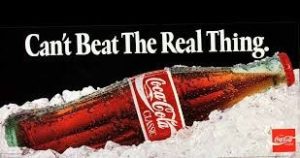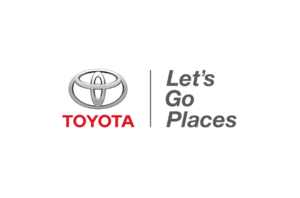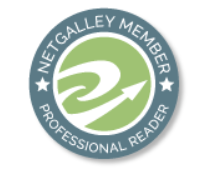Looking at this title you might think this is going to be spicy. It could be if I was dealing with picante sauce or vacation hideaways, so keep reading just a little further to discover all the secrets.
Since the first product was packaged for the traveling salesman all the  way to today’s internet, businesses have tried to gain wallet share. You’ve heard someone talking about the traveling salesman with their special bottles of tonic, liniment, or elixirs. Of course, a good portion of those liquid wonders contained alcohol, which always made the consumer feel better, if only for a while. How was it recognized, you might ask? Simple, by the bottle or the label in conjunction with a well-rehearsed spiel by a fast talker. Samples were sometimes provided. Friends would tell friends of the wonder of a product and, well, a brand was born.
way to today’s internet, businesses have tried to gain wallet share. You’ve heard someone talking about the traveling salesman with their special bottles of tonic, liniment, or elixirs. Of course, a good portion of those liquid wonders contained alcohol, which always made the consumer feel better, if only for a while. How was it recognized, you might ask? Simple, by the bottle or the label in conjunction with a well-rehearsed spiel by a fast talker. Samples were sometimes provided. Friends would tell friends of the wonder of a product and, well, a brand was born.
 Over the years the access to people and places to sell products has continued to grow and expand. With that growth and expansion comes increased commitment to the most compelling reasons to purchase a particular product. The value of the brand is clearly increased if it is a product sought after by many people and there are raving reviews. A great case in point is of course Coca-Cola. The earliest part of this widely known brand had its founding in May of 1886 by a John Pemberton. The formula is a closely guarded trade-secret, but at its foundation is kola nuts and coca leaves.
Over the years the access to people and places to sell products has continued to grow and expand. With that growth and expansion comes increased commitment to the most compelling reasons to purchase a particular product. The value of the brand is clearly increased if it is a product sought after by many people and there are raving reviews. A great case in point is of course Coca-Cola. The earliest part of this widely known brand had its founding in May of 1886 by a John Pemberton. The formula is a closely guarded trade-secret, but at its foundation is kola nuts and coca leaves.
Today, this globally recognized valuable brand is third in line behind Apple and Google. The reason for this is once a person has tasted this brand, it is always the same. Certainly, as a business seeking more market share, they have experimented over the years with variations, but the base formula is consistent and therefore trusted. An endearing video to show this brand is for everyone. https://youtu.be/S2nBBMbjS8w

Trust is a huge element of brand recognition. Which manufacturers, for example come to mind when you think of an automobile? What you are into would be the first order of business to separate the various choices. Do you want utility, speed, reliability, or something else? If you need something affordable, you still expect reliability, perhaps even more so. With that choice decided a Ford or Toyota might come to mind. These vehicles have good warranties, you have friends you can check with, and they are not new comers to the market, so the trust is in place. These are also manufacturers who have a range of vehicles including luxury lines. This provides consumers with a built-in migration path to move from one type of product t o another, while maintaining trust in the brand. The other element that is worth mention is their tag lines. Tag lines help reinforce the brand recognition. Think about the picture/symbol recognition and the few words which easily resonate as well as instill confidence with value.
o another, while maintaining trust in the brand. The other element that is worth mention is their tag lines. Tag lines help reinforce the brand recognition. Think about the picture/symbol recognition and the few words which easily resonate as well as instill confidence with value.
When one considers value, the correlation between the benefit of a good or service to the total cost becomes critical. In business the return on investment is always an element of the selling motion. If the price is reasonable to the payback, or ROI, then the sale will likely be made. The hard costs and associated saving as a result of the given spend are typically what is considered. Admittedly, there are some sales people who can easily sell a refrigerator to an Eskimo, but for the majority, a value should be presented and then followed upon. These brands tend to do that repeatedly for their customers.
This is the end of Part 1 for the Brand series.
Related Content:
- None Found




